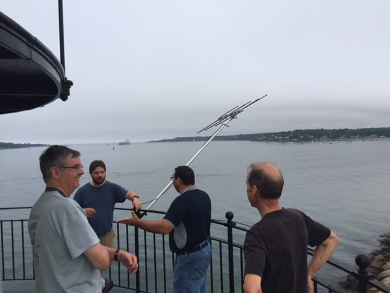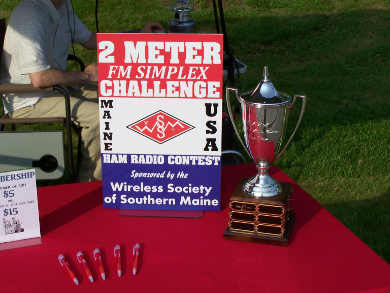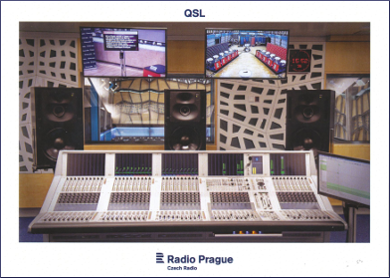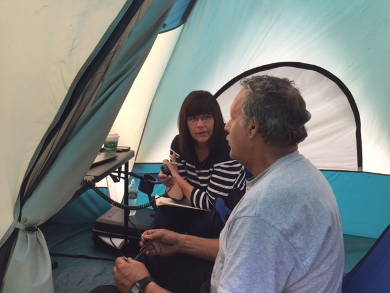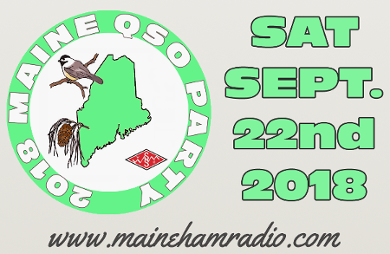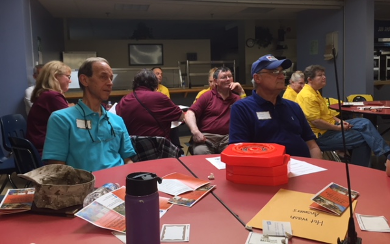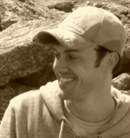
From
the Editor's Desk
For more news and
articles, between newsletters, click here to visit our blog.
|
Who's Afraid of Reginald Fessenden?
In
1874 telegraph message traffic was rapidly changing the way people
communicated, becoming, in the words of Western Union, "the nervous
system of commerce." But within a year, experimentation in accoustic
telegraphy would allow for tones and eventually, the human voice, to be
transmitted via those same wires.
On
December 23, 1900, Canadian researcher, Reginald Fessenden used a
modified spark gap transmitter fitted with a specially designed high
frequency interrupter, to transmit the words: "Hello. One, two, three,
four. Is it snowing where you are, Mr. Thiessen?" over a distance of
one mile. Although crude, and barely intelligible above the noise of
the spark, the experiement would lead to the radical idea of producing
sinusoidal continuous waves to transmit sound, which forever changed
the way we would use radio. Advances
in technology can be disruptive to old ideas. Sometimes they even
displace the old, if the advancement makes tasks more efficient, easier
to use, or is commercially more viable. This is not a new wrinkle in
the history of mankind, so it was with complete dismay that I read an
article in the Summer issue of Echo Ireland, recently, that blamed Joe Taylor K1JT for "destroying amateur radio," because he developed a digital mode called FT8. The
article, by Kirk Kleinschmidt NT0Z, calls 2017 the beginning of the
"hampocalypse" and equates Joe Taylor's FT8 digital mode with a deadly
pathogen that "grew exponentially, suffocating other modes as it
mushroomed beyond all practical limits." He continues to predict that
"non-machine QSOs would be outlawed," and amateur allocations would be
"reduced to 5 kHz-wide slices every 2 MHz." Kleinschmidt blames FT8 for
the lack of "traditional activity" on the bands, saying "everybody was
JTing and FTing when I was looking the other way." Using
the
same logic, we would have to conclude that Reginald Fessenden is
actually responsible for "destroying ham radio," since he effectively
caused a swell of popularity of that radical new mode, AM, and a
subsequent lack of "traditional activity," (CW). This would mean that
ham radio has actually been dead since before the existance of things
like: ham radio, the FCC, and the American Radio Relay League. What were they thinking? There's
no doubt that FT8 has seen a huge surge in popularity over the last
year, similar to the response to JT65 not long ago, and PSK31 before
that, but I haven't noticed any drop off in so-called "traditional
activity" as a result. Instead, I find myself getting on the bands at
times when I normally wouldn't have, working stations on FT8,
because the mode is so efficient it makes communication possible where
it wasn't before. For example, during the solar storm a few weekends
ago, when there was no activity at all on SSB on any of the HF bands,
because of the poor propagation, I was still able to make a few QSOs on
FT8. As
a technical achievement alone, Joe Taylor's WSJT-X software suite and
the modes he developed for it, are exceptional. They represent an
advancement in technology in the same spirit as the invention of the
telephone, or Amplitude Modulation. It may be disruptive to those who
are "looking the other way" and not taking part, but it certainly isn't
the beginning of the end, as Mr. Kleinschmidt would like us to think. On the contrary, it highlights the experimental nature of
amateur radio in its persistence to develope and discover better and more efficient ways of
communicating.
73'
Tim Watson
KB1HNZ
|




